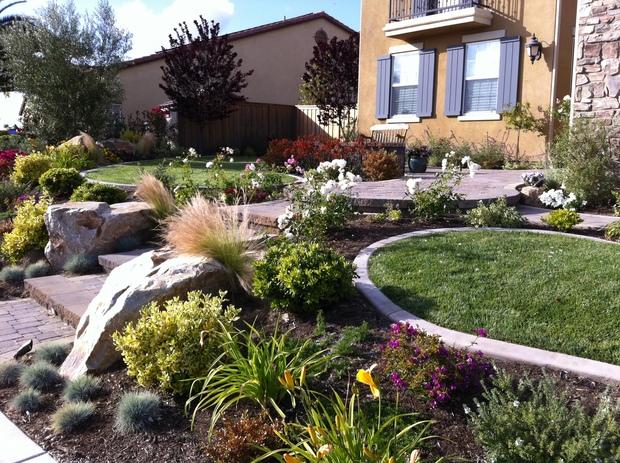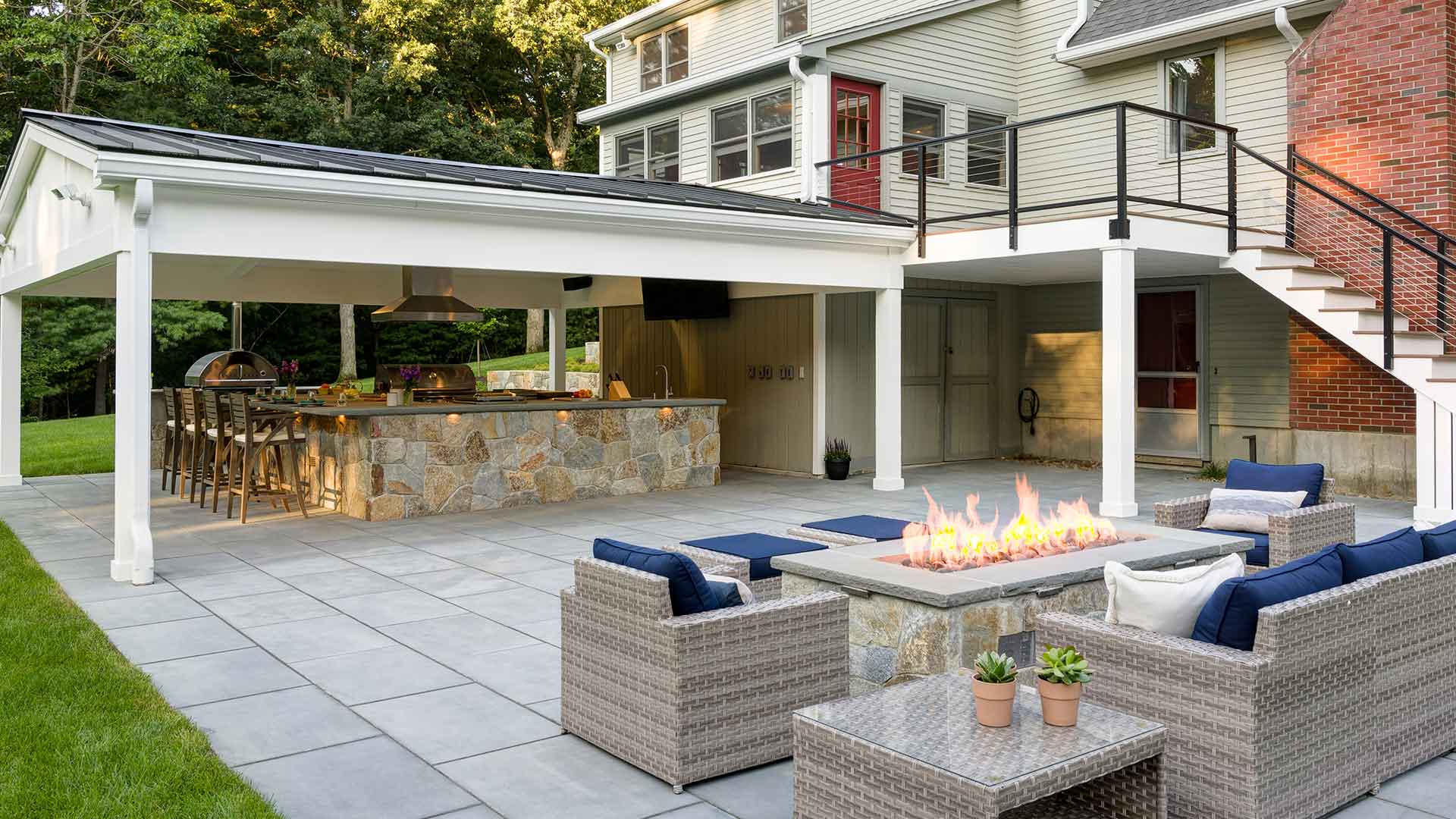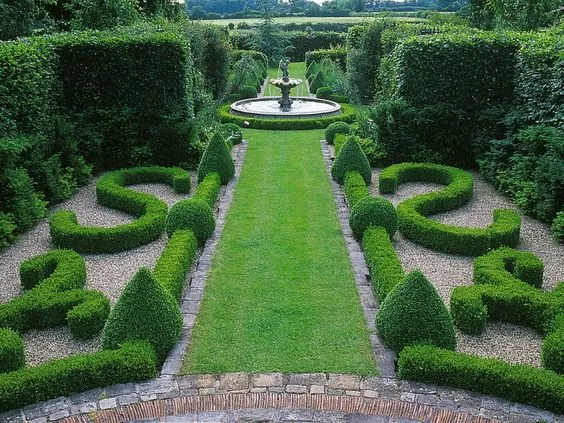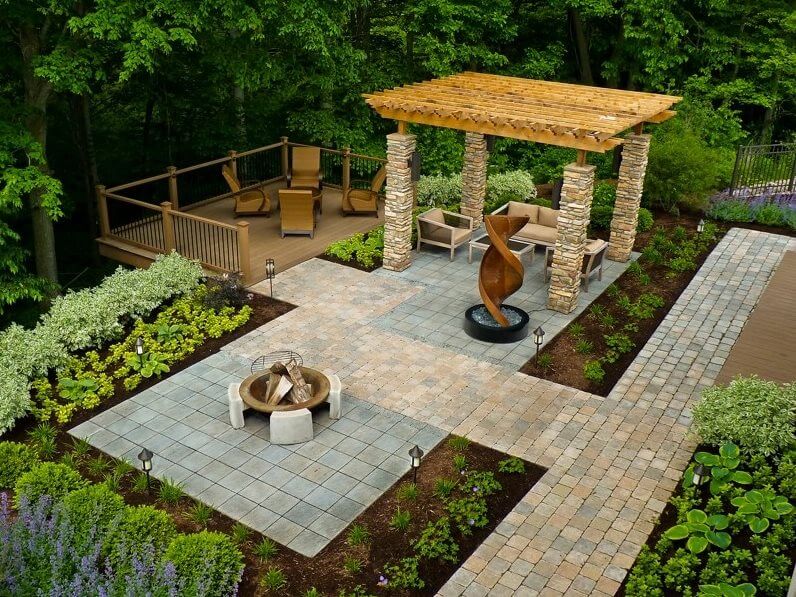Landscapers Fundamentals Explained
Landscapers Fundamentals Explained
Blog Article
The Ultimate Guide To Landscapers
Table of ContentsUnknown Facts About LandscapersFascination About LandscapersSee This Report about LandscapersLandscapers Things To Know Before You BuyExcitement About Landscapers
- A tree or bush (hedge) that loses its fallen leaves in winter. In the PNW there are semi-deciduous or semi-evergreen plants that might shed their fallen leaves relying on how cold the winter months is. Abelia and some hebe are examples. Landscapers. - A level event space, constructed from wood or composite product (made to appear like timber), usually adjacent or attached to a structure.

- Granite that is weathered to the factor that it is an extremely fine accumulation. This is a natural procedure, and the outcome can be made use of for paths and patios. Disintegrated granite is usually described as DG. It is particularly useful in contemporary landscapes. - Key landscape attributes being proposed in a landscape design plan.
Fascination About Landscapers
These goals direct the design process, not the designer's style or preferences. Usual design purposes in Portland are low maintenance, dry spell tolerant, and pet friendly. - Refine for removing or thinning the dead reduced degree of a mature yard. Thatch is yard that has died and collected listed below the eco-friendly blades.
Nevertheless, over time this layer can get really thick and make it difficult for water, sun, and nutrients to get to parts of the turf.- The process of accumulating and regulating the circulation of water on a building. This can be done with grading, French drains, completely dry wells, permeable surface areas, sump pump, rainfall gardens, and extra.
- A slow feeding irrigation system that uses versatile tubes and emitters to send out an exact quantity of water to each plant. - The capability of a plant to endure without much summer season water.
- A yard attribute where water is stood for by an accumulated stone item, normally a crushed rock or granite.- A stone or flagstone patio, path, or walkway developed without a concrete base.
Facts About Landscapers Revealed
- A stone preserving or cost-free standing wall constructed without the use of mortar. - An underground structure that collect water and enables it to slow down percolate into the soil around it.
Landscape layout that works with a websites' environment in both appearance and sustainability without adverse impacts to the setting. Interrupting the landscape is a line of demarcation that creates visual interest in the garden by dividing one section from another section. This can be aesthetic or practical, keeping one element (such as pea gravel) from obtaining blended right into one more (like bark dirt).
Areas can additionally have a sensation of "unit" supplied by trees, various other growings, fences, or screens. The landscape near the entrance to a structure. A tree, shrub or creeping plant, trained to expand on a wall surface or fence into a details pattern. Especially useful for fruit trees, making it easy to collect the fruit and having mess.
A plant that is not indigenous to the location where it will be grown. Thicker bladed turf grass that spread via rhizomes.: The level of dirt on your residential have a peek at this website or commercial property before bark dirt or garden compost is spread out.
All about Landscapers

The objective, reason, or action that a location is be landscaped for. Space for growing plants for watching, eating, or physical task.
Rock product, either rounded or fractured, that is fairly small- normally 1" or much less. Low plants that are permitted or encouraged to top an area. Can refer to any kind of "tough" garden components including statuary or rocks but a lot of commonly is made use of to describe courses, patio areas, and walls.: Elevation difference in between the level of water in a pond (or the level of the pump if it rests outside the pond) and the upper outlet of water which impacts performance of the water pump in gph (gallons per hour). Thick hedges or trees that form a fence, display, or border.

Some Known Facts About Landscapers.
An even more loosened up yard controlled by rounded rather than straight bed lines and a less rigid framework. you could try here Typical PNW landscapes are informal. A plant that spreads out even more than recommended you read preferred, or into habitats where it does damage. Rose city has a checklist of invasive plants that ought to not be set up in landscapes due to the fact that they can spread to woodlands or waterways and be tough to manage.
Smart irrigation controller evaluations and suggestions here. 2-D making of the proposed watering system. Can consist of head positionings and protection, pipe sizing, GPM specs, and products required to install this system. A watering plan is normally unnecessary for properties however prevails for business projects. Accredited expert who develops landscapes, schooled in engineering and architecture as well as in cultivation.
Landscape developers commonly have less schooling than Landscape Architects and are not licensed. A finished landscape layout, outlining all aspects for the brand-new landscape.
Calcium product made use of to increase the pH in dirt, which will make it much less friendly to moss. A water limited HDPE product utilized below fish ponds, streams and waterfalls in water functions. Utilizing several plantings of the very same variety to complete an area in the landscape. This can lower maintenance and water use in the garden.
Report this page